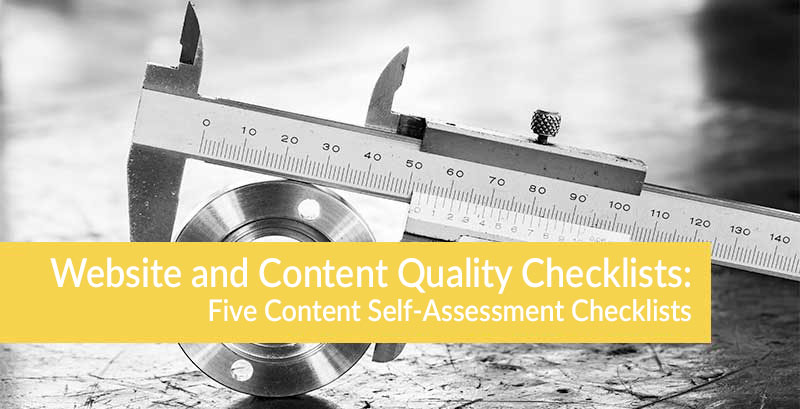Website taxonomy is how website content is classified, organized, connected, and related.
Good website taxonomy presents content to your readers and search engines that makes it accessible, findable, and purposeful.
In other words: website taxonomy matters – a lot. Poor website design cannot be trumped by good content, the right keywords, or savvy social media marketing.
Good website taxonomy also means that you’ve structured your content so that related content is connected.
This makes it easier for users and search engines to find the information they want from your website. (This is after all, why you created the website – so you can provide informative content about your company, products, and services.)
You can stop reading now and email us about your website.
Let us look at the structure, internal links, outbound links, content organization, crunch your numbers, and give you our honest professional feedback.
Why Website Taxonomy Matters
Website taxonomy matters for the deeper implications it has to your SEO, search engine rankings, and helping to establish your website as the go-to resource for your industry.
Remember when I wrote about EAT and YMYL? Quick refresher:
- EAT stands for: Expertise, Authority, and Trust. Google uses these metrics to measure and quantify your website’s ability to be a leader in your field.
- YMYL stands for: Your Money, Your Life. YMYL pages are those that could contain information that has a huge impact on your money or your life.
Your website taxonomy has direct impacts on your EAT and YMYL scores. And as you know, these scores, as determined by Google’s Search Quality Rater team, determine how well you rank in search engines.
Smart website taxonomy does the following:
- Creates logical and purposeful relationships across your website content.
- This then gives your content meaning, authority, and relevance.
- And finally, this helps establish your website in the eyes of search engines and readers as the go-to resource for your niche.
I’m tired of visiting websites and not being able to find the information I need quickly.
I’m equally frustrated by poor website design that makes it impossible for search engines and readers to find the quality content that I know has been written.
It’s time to put an end to bad website taxonomy. Give your readers what they want – answers to their questions on an easy-to-navigate website.
Remember, just because the website structure, menus, navigation, and categories make sense to you – doesn’t mean they makes sense to your readers and the search engines.
This is the ideal opportunity for you to contact me at Know Agency and ask for help.
What are the Different Types of Website Taxonomy?
There are four common types of website taxonomy:
- Flat.
A flat website taxonomy has one main page, the home page, that lists all of the content and sub-categories.
This is a popular approach for smaller websites or for companies who don’t have a broad range of categories or content. - Hierarchical.
A hierarchical website taxonomy uses main categories that include sub-categories. This gives users options to narrow down the content they want and to see the connections between content.
The key with a hierarchical taxonomy is to ensure there aren’t too many levels and that these levels are easily understood by your users and search engines. - Network.
A network website taxonomy is ideal for very large websites with a broad range of content and specialties.
When you have a diverse scope of content, you can create networks to connect relevant content. A network taxonomy can support intuitive searching and navigation based on how the reader thinks and relates to content. - Facet.
Facet website taxonomy is popular with review sites and ecommerce sites.
This approach uses a spiderweb-like design with a key term at the center of the structure and multiple links to other pieces of content.
Sorry, for getting a bit technical here. I just want you to have the information you need to ask me and my colleagues informed questions about your website taxonomy.
I also want you to remember this key statistic about your readers: an average reader spends less than 15 seconds on your web page.
If you remember one thing from this blog post – remember how little time you have to make a good impression with your readers.
How are Website Taxonomy and SEO Connected?
SEO is the best friend your website taxonomy needs.
SEO tells you what your readers and search engines are looking for.
With this information, you can determine how to best structure your website content.
For example, SEO analysis might reveal that what you assumed were minor interests, are actually the main interests of your readers. Now, you can change how your website is structured to present this relevant information at the top or second level.
As well, SEO analysis tells me and my team which keywords and terms your readers are looking for the most.
This can be used to guide the menus, categories, metadata, and tags used to organize and present content to your readers.
SEO and website taxonomy are best friends – allowing you to design your website around how your readers are thinking, searching, clicking, and buying.
How is the Website Taxonomy Determined?
I’ll be blunt here: getting your website taxonomy right is not an hour-long or even day-long task.
To do website taxonomy properly my team needs to get inside the heads of everyone connected to your website and organization.
Your website taxonomy needs to reflect the goals of your organization and that of your readers.
How your content is structured, categorized, tagged, and presented must be tied to the key goals of your website – meeting the demands of your organization and readers.
To determine your website taxonomy, Know Agency:
- Understands the goals of your website, organization, and readers.
- Tests your website so we can understand what is and isn’t working.
- Completes SEO research and analysis to find out what your readers really want when they visit your website.
- Determines the best website taxonomy type that works to meet your website, organization, and reader goals.
- Reviews the metadata, tagging, and categories being used and refines this to mesh with the primary goals of your website.
- Updates, tests, updates again, and continues to refine your website taxonomy.
It’s important to remember that just like good SEO, website taxonomy is an iterative and continual process.
The needs of your readers, organization, and website change – and your website taxonomy must evolve to address these changes.
How to Make Website Taxonomy Work for You
The best way to make website taxonomy work for you is to do one small thing: take action.
Decide who you’re going to trust with your website taxonomy. You need to make it easy for your readers and search engines to find you. Can you do this yourself?
This is what my team does. We fix websites. We get you found, relevant, and ranking. We know SEO, content, reader analysis, search engine algorithms, and website taxonomy.
It’s time for you to take action: email the Know Agency team.



